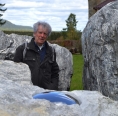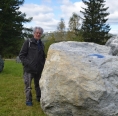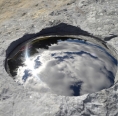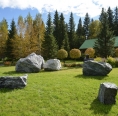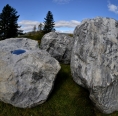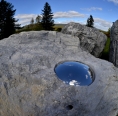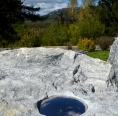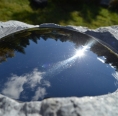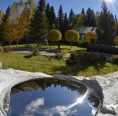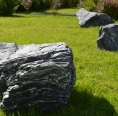-
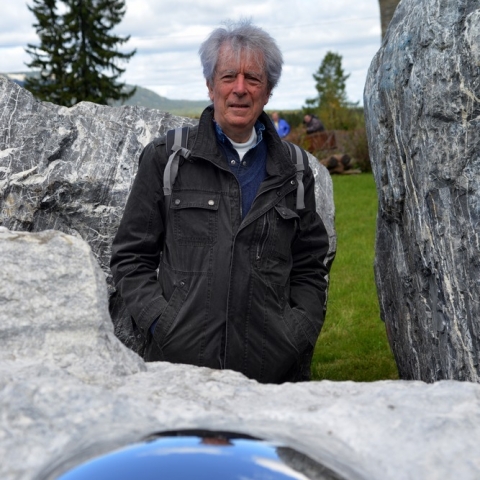
DIEGO ESPOSITO: OLD URAL STONES AND THE ITALIAN MODERNIST STYLE
-
Address:
-
Partners:
Diego Esposito a world-renowned master of the contemporary Italian sculpture. He prefers statuary art and works with dense and inert stones. He was born in 1940 in Teramo, a small town in the mountainous Marke region known for its deeply rooted stone carving traditions. Esposito holds an appointment as a professor in the prestigious Milan-based Brera Academy and works both in Milan and Venice. In his university days, he became interested in ancient cultures that idolized stones – the unique natural, unusually-shaped objects. When going to Russia, to the Urals, the sculptor could not even imagine that this area is extremely rich in ancient megaliths, such as Chebarkul and Zuratkul dolmens, and the unique bowl-shaped stones on the Moskal mountain range. In ancient times, people marked holy sites with cavities that collected rain water and made it look like a convex lens. These unusual bowl-shaped cavities were viewed as the door to the other world, and only the chosen ones could get an insight into it.
Esposito’s masterpieces are associated with the “vision of the invisible”. They are placed in Japanese Buddhist monasteries, spacious exhibition halls of the European capital cities and the most beautiful gardens of Italy and Great Britain. The sculptor is obsessed with nature as the primary substance and sees the Creation history in huge stone blocks. Just like his countryman Michelangelo, he carves the stone surface and complements it with a convex steel mirror that reflects the whole world and each of us. As a rule, the mirror lens faces the sky, which symbolizes the dialogue between the Earth and the sky and points to something eternal. According to the ancient Egyptian philosophy, “the Earth is a copy of the sky”.
It seems that Esposito is universal in his ideas that are typical not only for the European philosophy tradition and the Italian Renaissance art (Mantegna’s and Parmigianino’s works), but also for the ancient culture of people who lived in the Urals.
Kirill Gavrilin. Photo by Vasily Maximov.
-
26.08 - 26.08
DIARY OF THE THIRD INDUSTRIAL BIENNALE
-
28.11 - 28.11
MY SATKA FESTIVAL WINS THE CONTEST OF CORPORATE VOLUNTEER PROJECTS
-
13.10 - 15.10
COOPERATION WITH VGIBL NAMED AFTER M.I. RUDOMINO

